Search results for "Pixel 8"
-

 273News
273NewsPixel 8a’s stunning screen: a bright surprise
Google’s Pixel 8a has truly impressed experts with its exceptional screen quality. This is surprising because it’s a more affordable phone. Even...
-
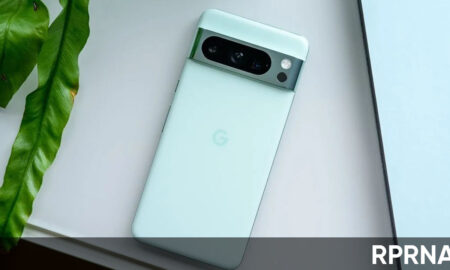
 253News
253NewsGoogle’s Pixel 8 is cheaper, a great deal
Key Points: The Google Pixel 8 smartphone is now $150 cheaper on Amazon. This top-tier phone offers impressive performance, excellent camera quality,...
-
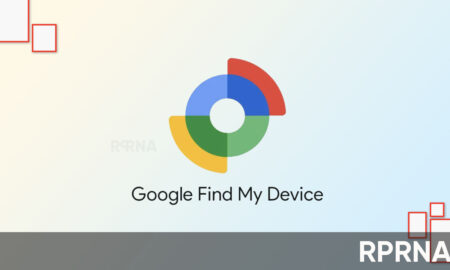
 856Technology
856TechnologyYou can find lost Pixel 8, even without battery, thanks to Find My Device
Find My Device: Offline Pixel 8’s Find My Device can locate your phone even after it’s powered off. This is possible due...
-

 664Phones
664PhonesDownload Google Pixel 8a Wallpapers
Key Points Google Pixel 8a Wallpapers are now available to download. Google launched the Pixel 8a with several sophisticated functionalities. The smartphone...
-
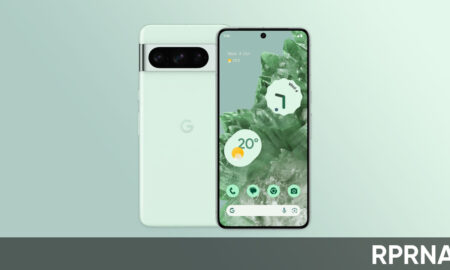
 698News
698NewsGoogle Pixel 8 finally supports display output via USB-C
Google Pixel 8 and Pixel 8 Pro do not support DisplayPort Alternate Mode support. Now, a few months after the Pixel 8...
-

 429Phones
429PhonesGoogle confirms Pixel 8a will come with new battery stats
In QPR1 Android 14 update, Google added a new battery statistics extension, which showed the number of charging cycles and the battery...
-
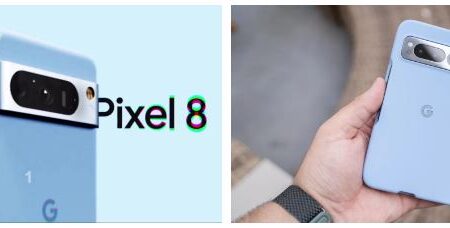
 709News
709NewsGoogle Pixel 8 series won Best Smartphone award at MWC
The GSMA gives the best smartphone award this year to Google’s Pixel 8 series. The Pixel 8 series is the first Android...
-

 524Phones
524PhonesCircle to Search feature starts making its way to Google Pixel 8 and 8 Pro
Circle to Search is a feature or we can say it’s an enhanced version of mobile web search that allows users to...
-
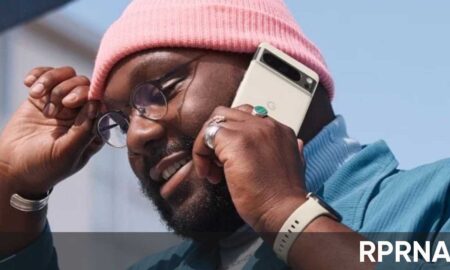
 629Apps
629AppsHere’s how you can use Body Temperature measurement feature on Pixel 8 devices outside the USA
Google has recently rolled out a new update for the Pixel Thermometer app which brings the the most useful feature to Pixel...
-

 583News
583NewsGoogle Pixel 8 and 8 Pro Mint colorway now available to purchase in the US
Google is celebrating the end of winter by introducing the new Mint color variants of Pixel 8 and Pixel 8 Pro smartphones....
